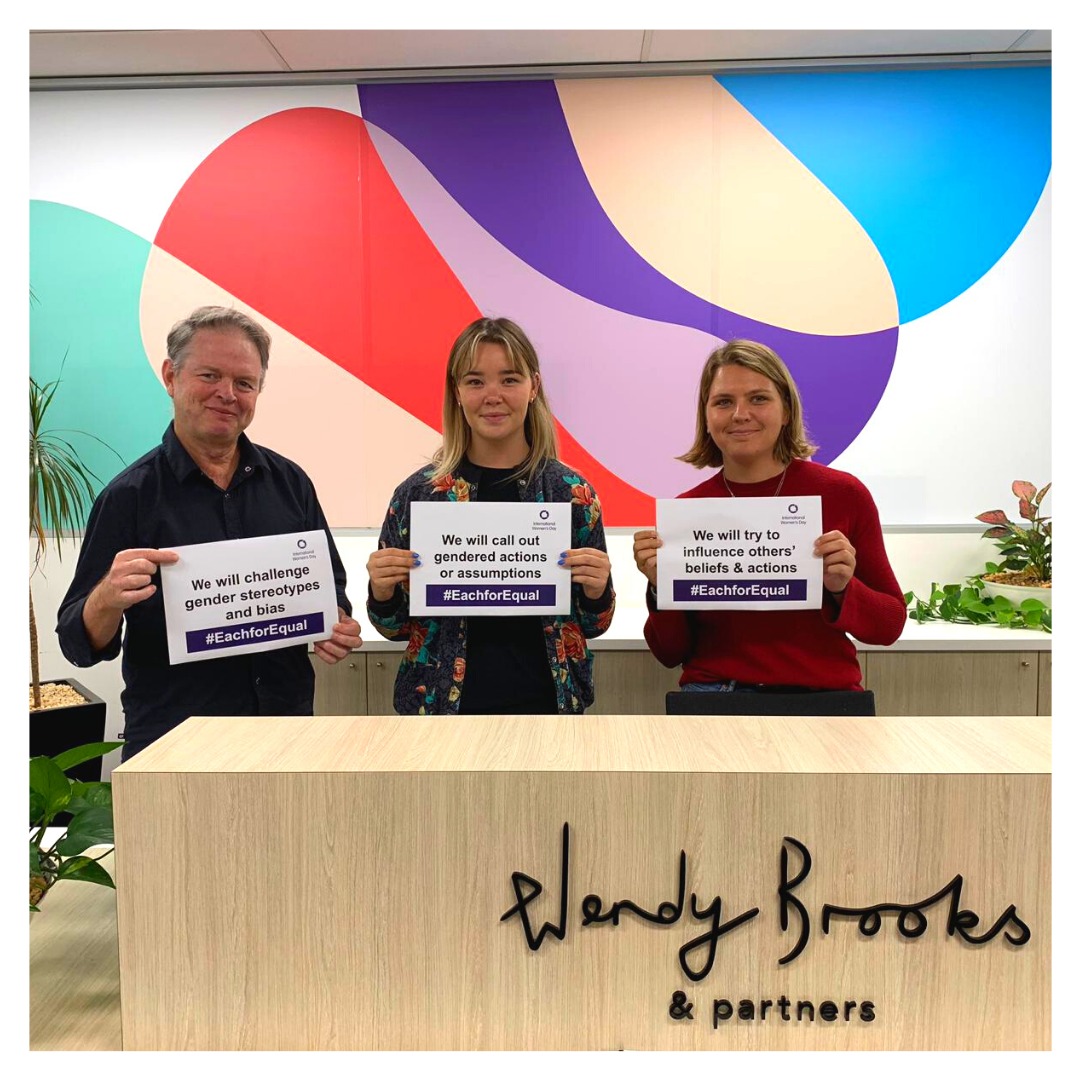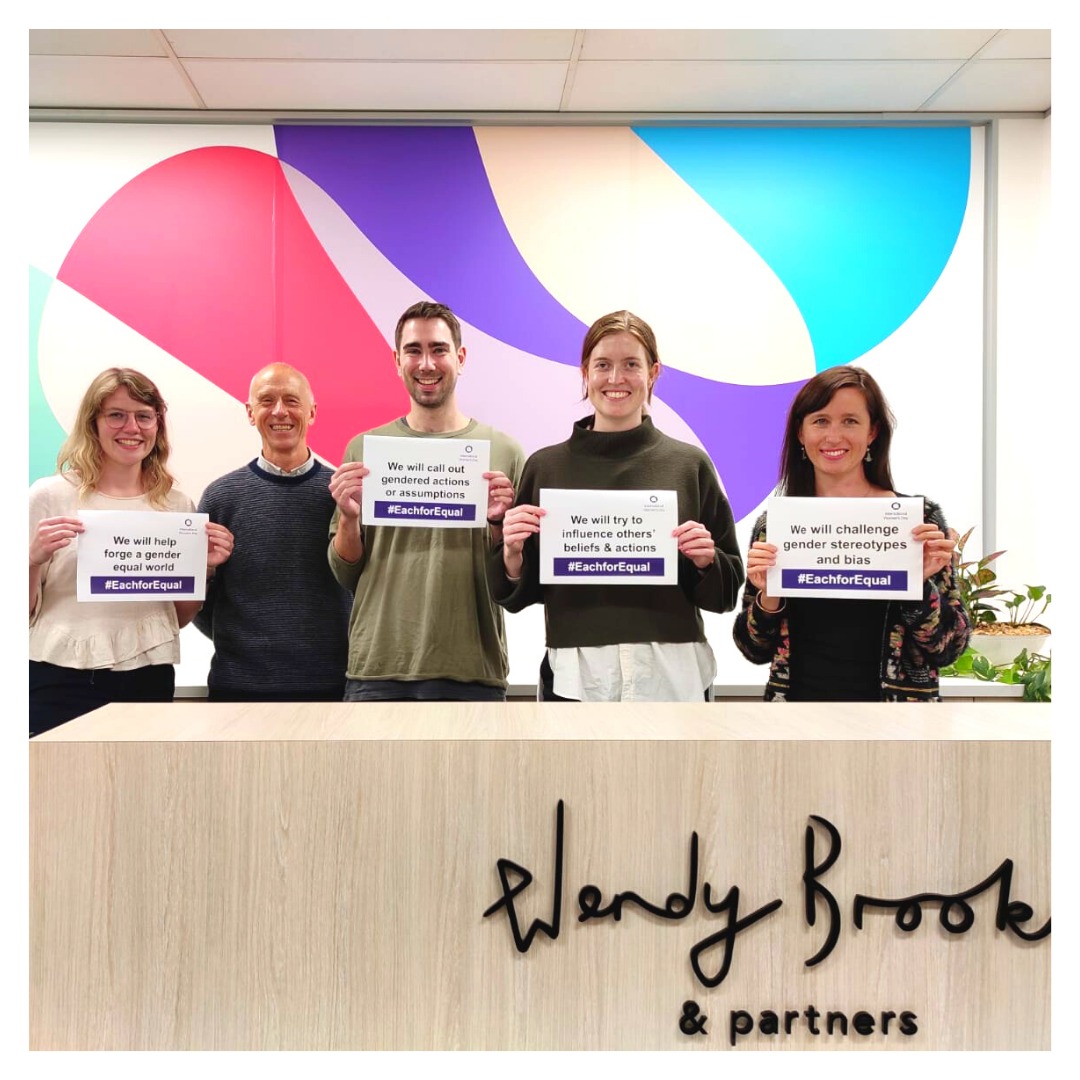Ending family violence – we already have the answer
This International Women’s Day we believe it is important to speak about the ongoing crisis in this country of violence against women and children.
Whilst on this day we must celebrate women, we must also recognise the causes and problems preventing an equal world (in line with the #EachforEqual theme of International Women’s Day 2020).

We need to reflect in the lead up to International Women’s Day about how we can make an impact, what actions we can take, where we can put our fundraising dollars to create change and how we can ensure the violence stops with this generation.
Work within the sector
Over the last decade I’ve worked with dozens of organisations that operate in the family violence space and their work, and the research that supports it, and this experience gives me hope that we are that much closer to a solution.
Yet each time a woman and their children are murdered, my social media feeds and news stories ask ‘why does this keep happening and how can we stop it?’
I believe the sector already knows the answer to ending family violence. We, as a society, know the answers. They lie in our hearts. In the complex family dynamics we live and breathe. In the truth of our children’s words when they tell us that they do not feel safe.
As Our Watch put it, “violence against women and their children is not an inevitable or intractable social problem. Rather, it is the product of complex yet modifiable social and environmental factors. Gender inequality is the core of the problem and it is the heart of the solution.”
The solution
To me, there are two key parts to ending gender inequality and stopping family violence:
- Changing the way men parent and how they behave in family dynamics;
- Demonstrating to our children what healthy family relationships are and intervening early when we see unhealthy relationships, driven by power imbalances and violence, unfold.
The research demonstrates that by focusing on these areas, we can break the inter-generational transmission of violence.
The research that has had the biggest impact on my thinking is that of Dr. Katreena Scott via the Caring Dads program. In early 2018 I took my eight week old son along to a forum run by Wendy Brooks and Partners where Dr. Scott gave us some important context.
Despite the prevalence and impact of fathers as perpetrators of child abuse, efforts to understand and intervene to end child abuse have focused overwhelmingly on children’s mothers. Mothers are held primarily responsible for child safety and fathers have been viewed as unimportant and irrelevant to child protection, she explained. Yet Canadian homicide data demonstrated that across 30 years of research the majority of family-related child homicides are committed by fathers, with step-fathers being proportionally over-represented as perpetrators.
Whilst we must continue to support women and children who have experienced family violence, we must also ensure we are putting an emphasis on early intervention with men and those at risk of demonstrating violent behaviour. Prevention is key and our anti-domestic violence organisations in Australia already know this.
“We need to address the gender inequity that exists across society and this needs to commence with education aiming at attitude shifts from primary school. Government policies also need to better align to enable women greater choices and services that empower them.” Serge Sardo, CEO, Better Place Australia
Over 150 studies have concluded that positive father involvement is associated with enhanced cognitive, social and emotional development among children. For families at-risk of child maltreatment, father presence has been associated with lower levels of childhood aggression and depression, enhanced cognitive development and greater child perceived competence.
The research also demonstrates that including fathers leads to an alternative route to ending violence against women. In fact, intervention has provided men with an opportunity to be accountable for their violence and to take responsibility for their children.
Healthy family relationships, and the programs that support the education and development of healthy family relationships, are also key to breaking the cycle. As the UK program, ‘For Baby’s Sake’, is demonstrating, it’s crucial that we focus on those parents expecting a baby, the children being bought into the world now, to ensure that those at-risk families are receiving the early intervention support required so that the next generation understand what is – and what is not – a healthy family relationship.
“If we want to really address the societal understanding and attitude of family violence we are going to have to address it earlier – prevention and early intervention. While it’s too idealistic to believe we can actually ‘nip it in the bud’ within a ten year plan, supporting women and children identify and understand they are experiencing family violence, as well as supporting the perpetrator to identify and understand they are choosing to use violence – and building the programmatic responses to address this will go a long way in reducing the harm.” Michal Morris, CEO, InTouch
We all have an important part to play in promoting and modelling respect, positive attitudes and behaviours. We can all teach our children how to build healthy relationships, resilience and confidence.

Only together can we build a safe and equal society where everyone has access to equal power, resources and opportunities and everyone is treated with dignity, respect and fairness.
On this day we must all commit to gender equality with sustained, enduring and measurable action.
Catherine Brooks
Senior Associate
Wendy Brooks and Partners